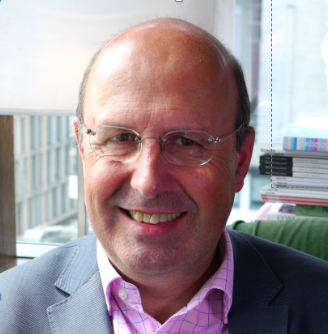You can sign up to our LinkedIn newsletter here
Stereotypes in our Mind’s Eye
We are strongly influenced by images in the way that we think about groups of people. What comes to mind for you when I say pop star? Crooner? Rock star? DJ? Country & Western singer? All those different roles in the music industry immediately conjure up an image of an individual dressed in a particular way, probably seen archetypically as a man or a woman, and associated with a particular age.
Maybe for rock stars your mind goes to the ageing rockers like Rod Stewart. Maybe for the DJ you’re thinking of people in their mid-forties who were at the height of the Ibiza explosion in their late twenties, or perhaps you think of those individuals who run discos at weddings and community events and the age there may be different again. When you think of crooner, how often would you think of a young woman rather than the classic older man who has transitioned to being a crooner after an earlier success in the pop business. These words conjure up images and with those images, archetypes, which we tag with an age.
The Role of Media
Many of those age associations have been created by the media. But perhaps the most powerful associations that are created in the media are through advertising. Advertising intentionally seeks to persuade, to influence, to shape our attitude to the world and through that, the attitude to the products that people are selling. I found it interesting to see what Coca-Cola have done over the years with their TV ads. In the past it was all about youth. Their most recent TV ad shows a more mature woman on roller skates pirouetting in a street and then flying off launching themselves into the sky. Age is left vague. Is this Coca-Cola recognising that they need to respond to an older demographic? Perhaps the youth that they might have targeted in the past are interested in water or juice products. Or is it a trend, that the advertising agency is beginning to recognise the power of positive images of older people, and that the cult of youth is over? This seems unlikely to me. It is probably more likely to be that they are choosing different image types for different media and they recognise that TV advertising is less likely to be seen by a younger demographic. But who knows.
Advertising that Leads Change
However, the images that people use to represent people of different ages, whether it’s in advertising, or social media, or stock imagery, or even job adverts, has a huge impact on our view and the attitude we take to people of different ages.
Many people lauded the Benetton adverts, which were in their time one of the first multi-cultural clothing adverts out there. Similarly, Dove created a stir by celebrating a whole range of women’s body shapes.
But when you look at the images for older people in the media, those positive images in advertising seem to be few and far between.
What does Hollywood Say
There are genres of films where you do get, particularly older men, successfully being action heroes into their late fifties and beyond. They’re not usually celebrating their age. They are in effect trying to show their youthfulness despite their age. There is a whole genre of quite positive films featuring older people playing out the ends of their lives. Whether it’s a comedy about scattering the ashes, or whether it’s a romcom where the elderly parents are trying to relive their youth, or even whether it’s one of the Mama Mia films where they are celebrating the older woman and her past. But how often is that about a positive future rather than harking back to the days of youth?
A different kind of Image Library
I’m really intrigued that the Organisation for Ageing Better has taken the view that it’s important to create a positive photo library of older people and a positive icon library that can be used in posts relating to older people. Their aim is to shift the bias, as they perceive it, in existing photo libraries. I encourage you to follow the links to those photo libraries and consider what they really say about older people. Whether you might have an opportunity for including some of this content, which is available on a free to use license, in some of your stock imagery going forward.
Hope from the Past for the Future?
For a range of protected characteristics, the media have taken up the challenge of positively representing people from those communities. Whether it’s the disabled, ethnic minorities or people with different sexualities, over and over again the media has taken up that challenge.
But I think we’re still waiting to see that challenge taken up in the same way for people who are older, to drive out discrimination and prejudice against older people in the way they are represented in film, advertising and social media.

Charles McLachlan is the founder of FuturePerfect and on a mission to transform the future of work and business. The Portfolio Executive programme is a new initiative to help executives build a sustainable and impactful second-half-career. Creating an alternative future takes imagination, design, organisation and many other thinking skills. Charles is happy to lend them to you.
